polara71
Old Man with a Hat
200 cars, they were here and gone while no one was looking
I still have an ax to grind with the man..... I personally hated the article
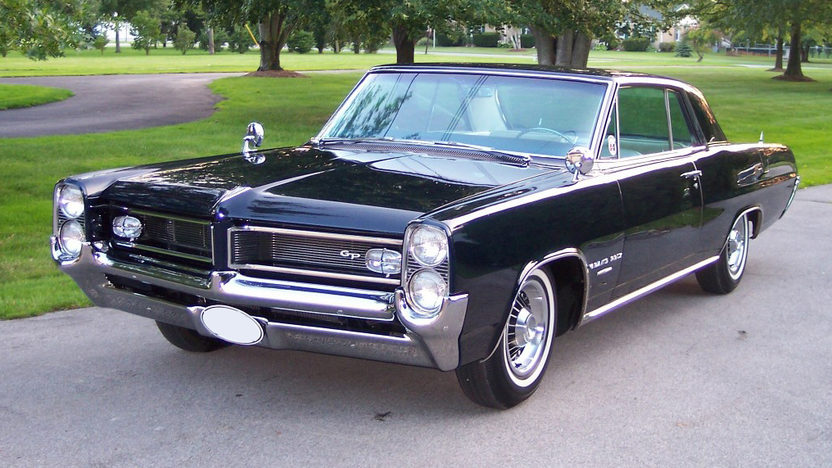

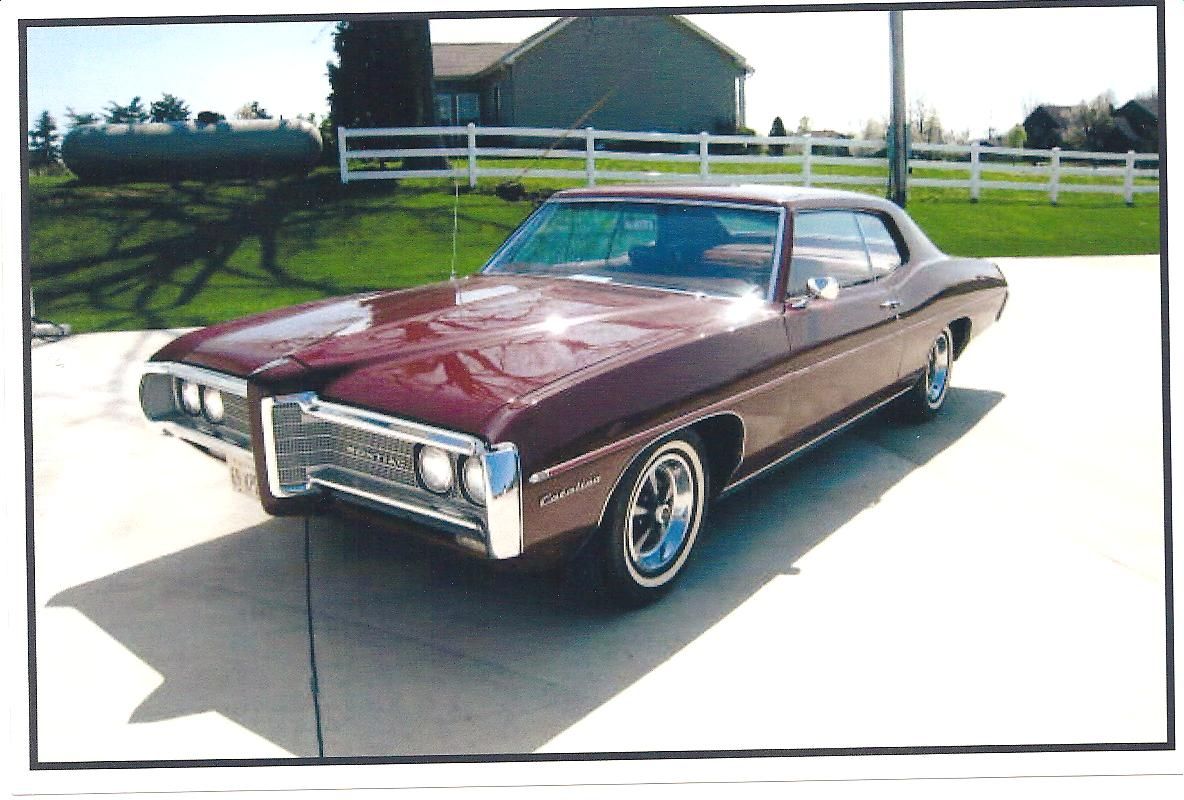
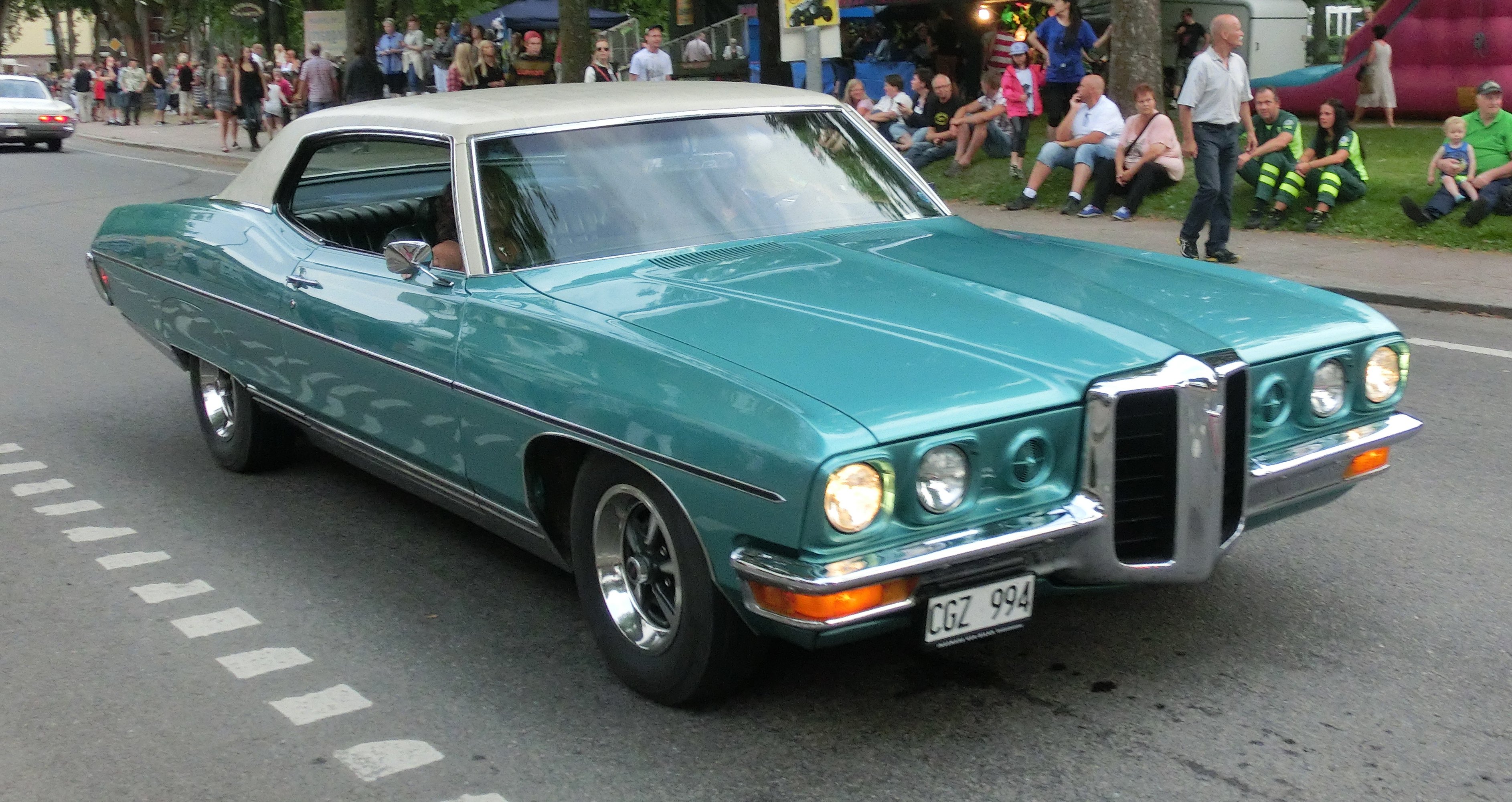

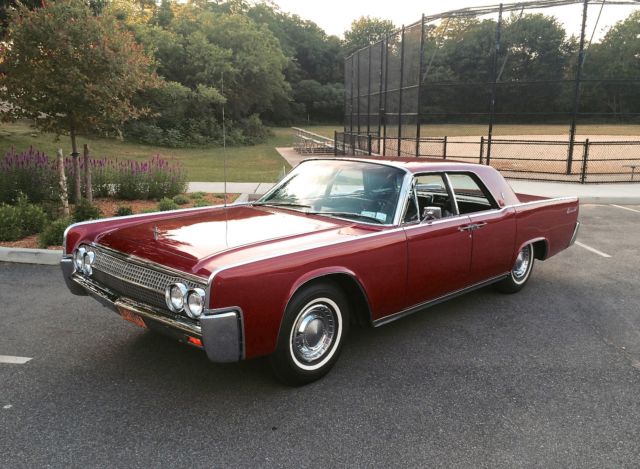
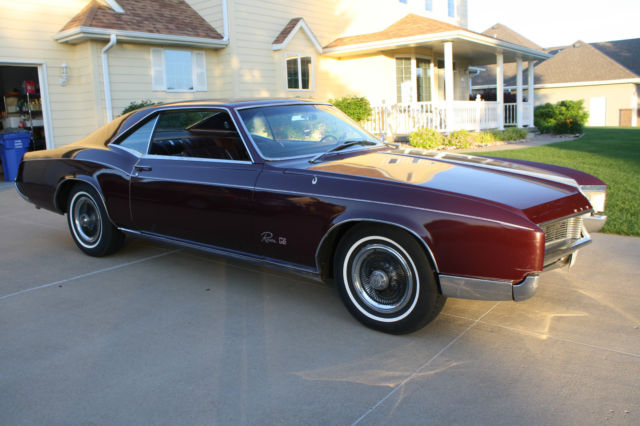
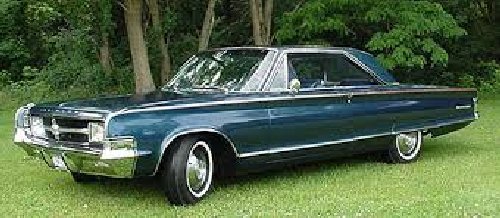

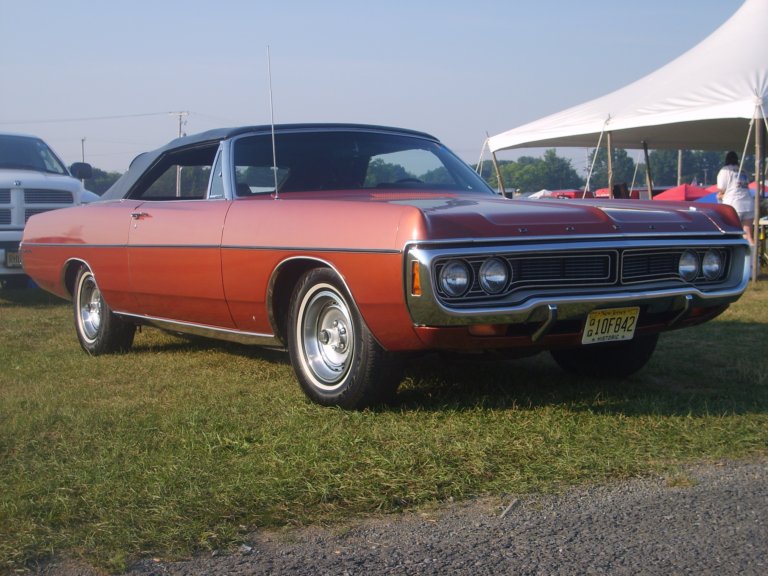
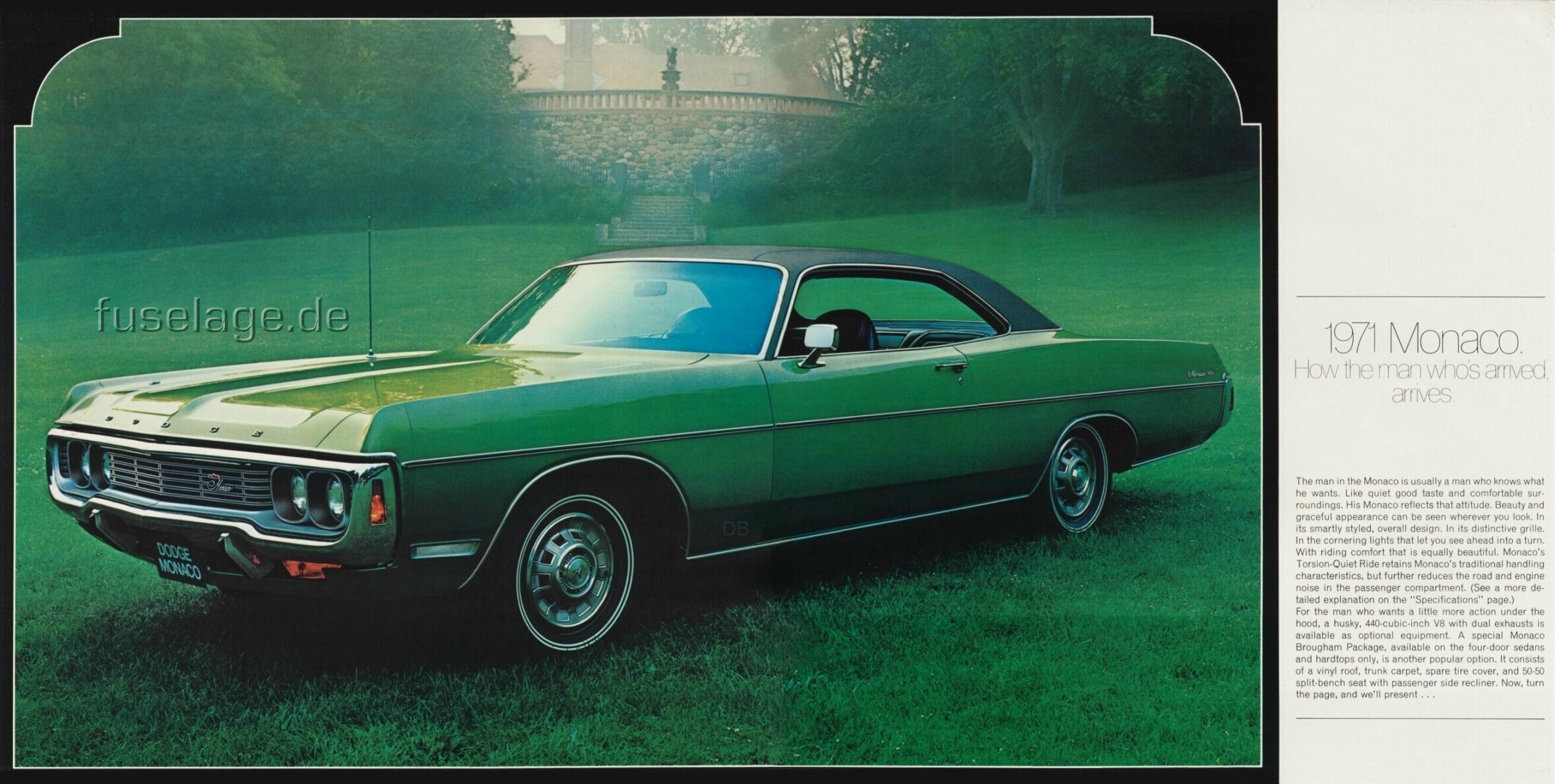
I think it's also possible that the manufacturer bought them back and destroyed them, as eventually became the practice for prototypes.Bet they dispersed them
And Regarding facts ? It's been many years since I read the article as I recall I do believe many facts were incorrect
Yes. In 69, a 383 BB 3 spd manual was available from the factory. Optional on Dodge (318 3 spd standard equipment) and standard equipment on Newport. No problem.I'm assuming these would be 3-on -the-trees.
Could that trans even be mistakenly mounted to a 440?
Incorrect? Are you referring to the Dodge article, the Imp article, or the Chrysler article? - Dave Cummins explicitly wrote to me the Chrysler article to be pretty accurate. He was Chief Designer at the time. Working under Dick Macadam, who headed Chrysler Studio (and reported to Engel, who was absent most of the time). - Godshall instead was working in the Dodge Studio, so I assume he would have a pretty good hunch of the sentiments among line designers there and then. They were a small group of artists, a couple of handful of people, only. One of them was Bill Waynlie. We have all seen his beautiful '66 rendering for a '69 Dodge.
Incorrect? Are you referring to the Dodge article, the Imp article, or the Chrysler article? - Dave Cummins explicitly wrote to me the Chrysler article to be pretty accurate. He was Chief Designer at the time. Working under Dick Macadam, who headed Chrysler Studio (and reported to Engel, who was absent most of the time). - Godshall instead was working in the Dodge Studio, so I assume he would have a pretty good hunch of the sentiments among line designers there and then. They were a small group of artists, a couple of handful of people, only. One of them was Bill Waynlie. We have all seen his beautiful '66 rendering for a '69 Dodge.
Steve I rarely see you so emotional.
Sounds like you would want to throw Godshall dead in a c-body trunk
I guess most of us prefer Fuselage C-Bodys over Pontiacs.
Otherwise we would be on the wrong board.
Thinking about it there aren't many 68-73 Pontiacs out here in germany.
I am glad the Fuselage design is appreciated over here for sure.
Carsten
Steve I rarely see you so emotional.
Sounds like you would want to throw Godshall dead in a c-body trunk
I guess most of us prefer Fuselage C-Bodys over Pontiacs.
Otherwise we would be on the wrong board.
Thinking about it there aren't many 68-73 Pontiacs out here in germany.
I am glad the Fuselage design is appreciated over here for sure.
Carsten
